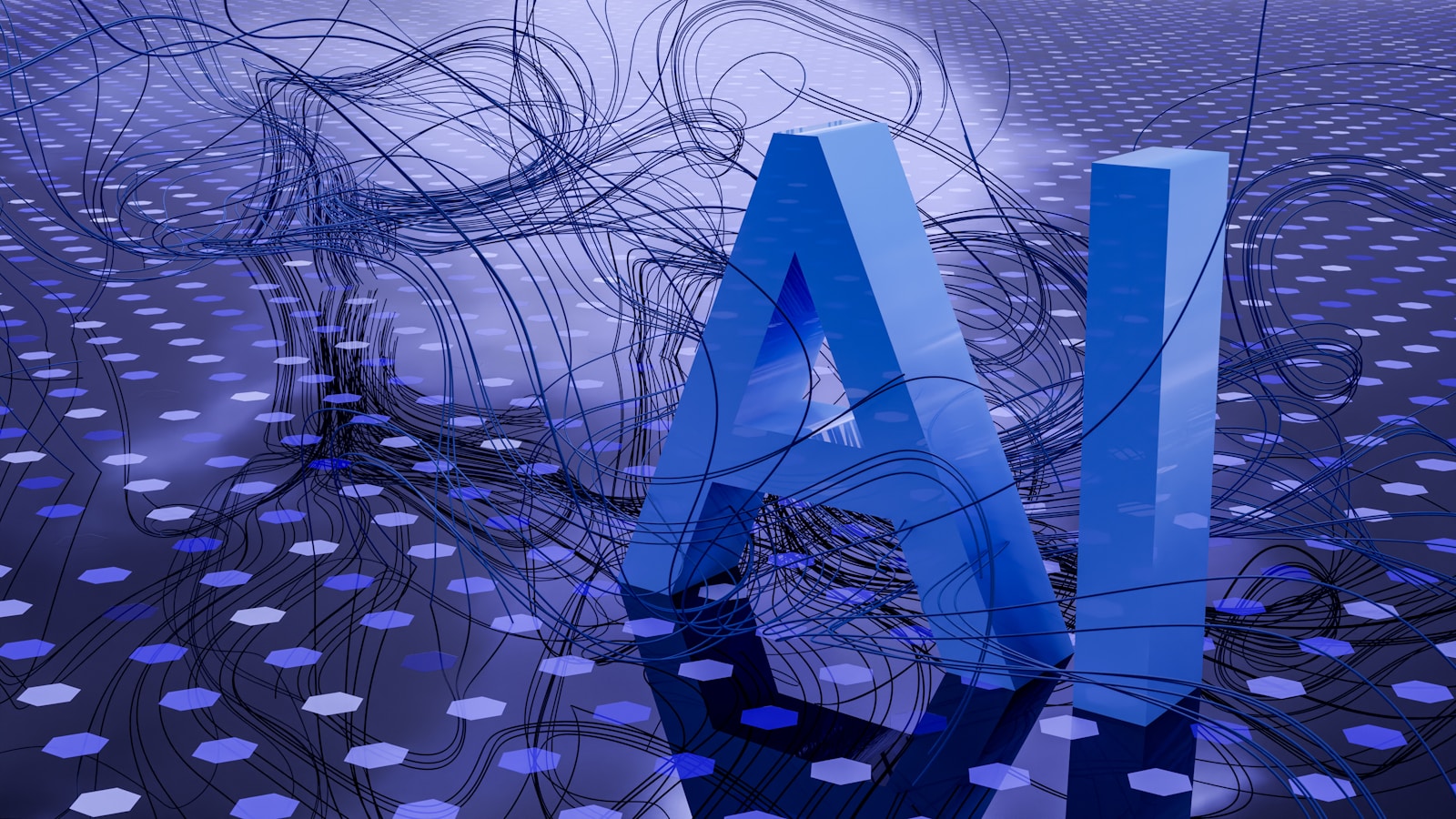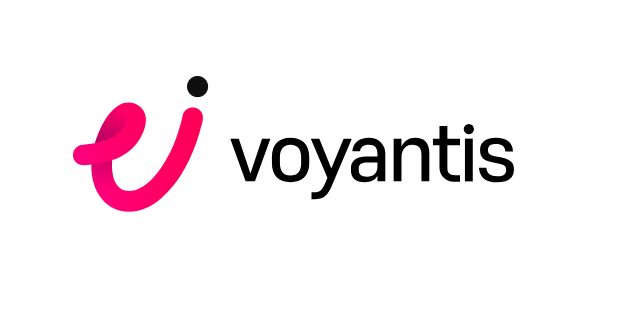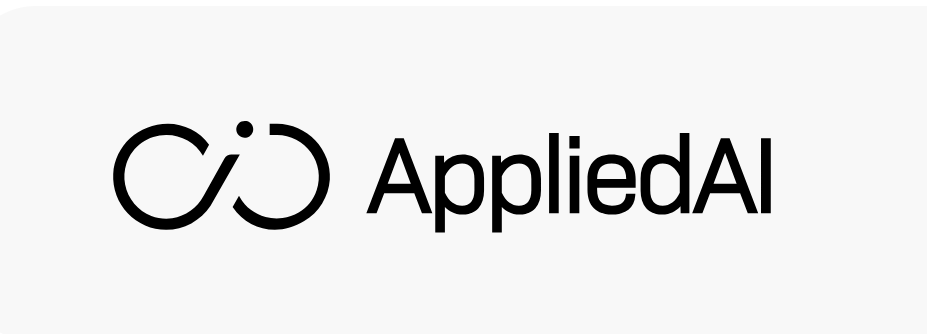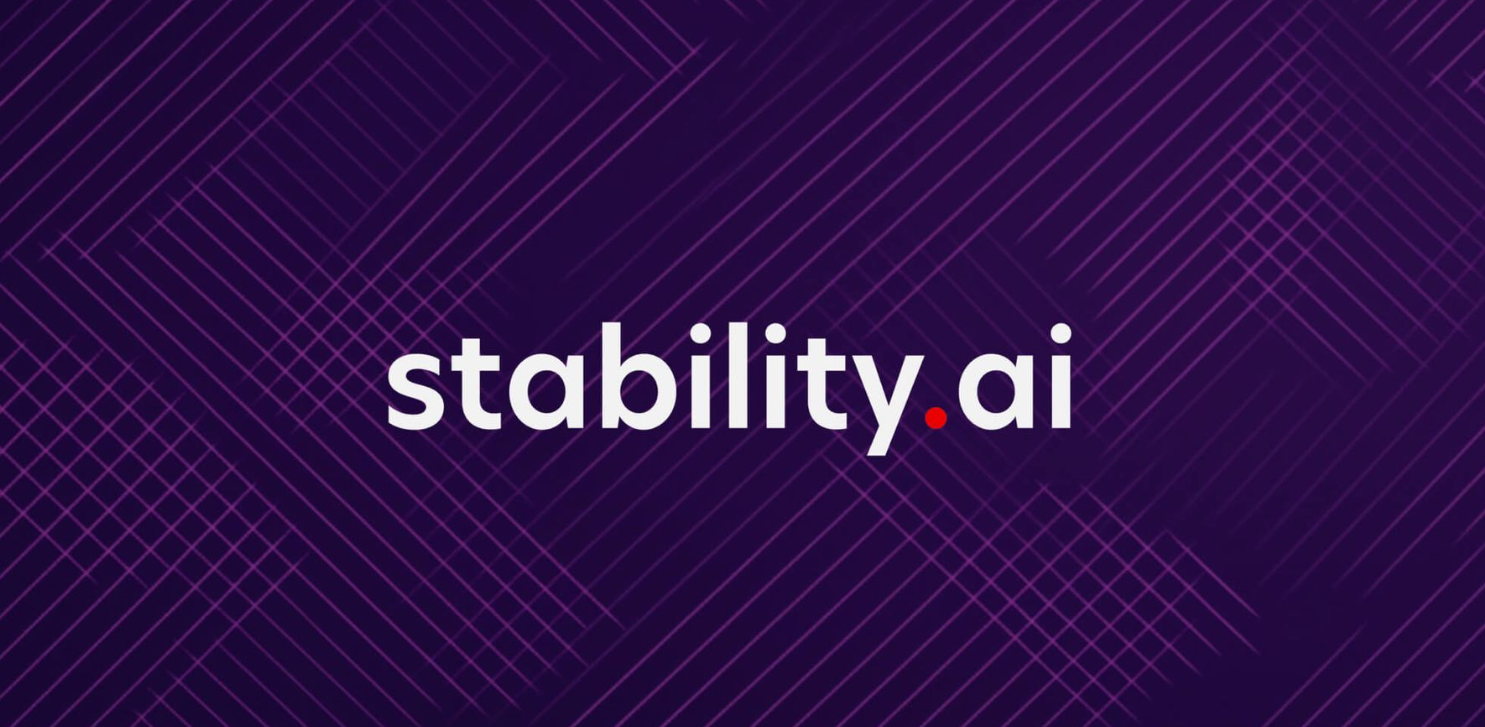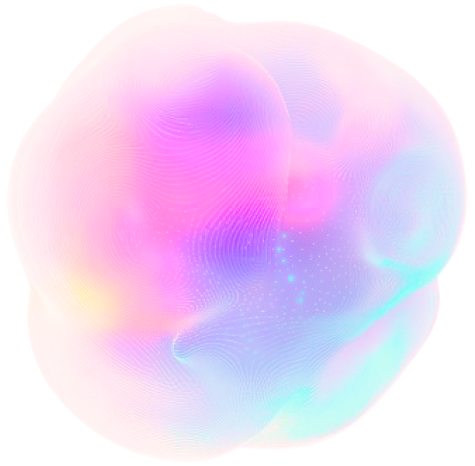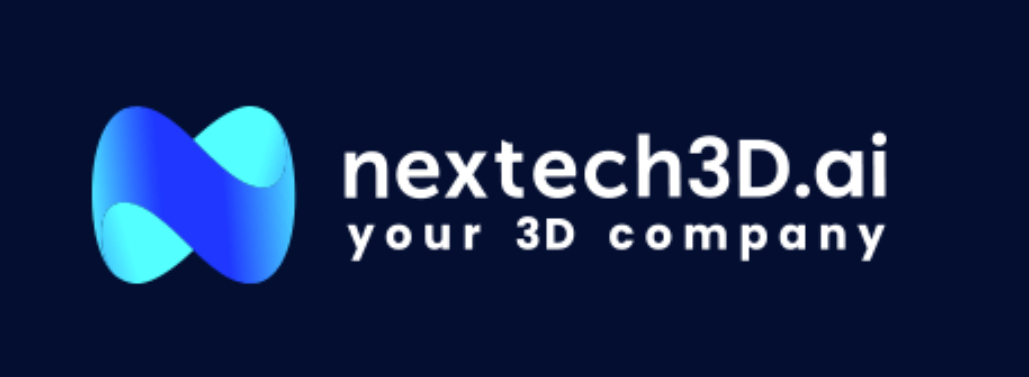Guest Post by
Karan Sirdesai, CEO and Co-Founder of Mira Network
We’re entering a new era of artificial intelligence—one where AI agents are set to take center stage. These aren’t just chatbots or automated assistants; they’re evolving into self-governing systems capable of making decisions, solving problems, and driving industries forward. Companies like Virtual Protocol are pushing the boundaries, moving beyond today’s Large Language Models (LLMs) toward truly autonomous intelligence.
But as exciting as this shift is, it comes with serious challenges. Right now, AI agents are impressive, but they’re not fully reliable or scalable for high-stakes, real-world applications. They can entertain, assist, and automate—but can they operate independently without constant human oversight? Not yet.
The Biggest Roadblock: Reliability & Scale
The road to true AI autonomy is filled with hurdles. One of the biggest? The “training dilemma.” AI models need to balance two opposing forces:
- Reducing hallucinations (false or fabricated information)
- Minimizing bias in training data
The tighter you control an LLM to prevent hallucinations, the more biased its training data can become. On the flip side, making it more flexible and diverse increases the risk of misinformation. That’s why, no matter how advanced current models seem, there may always be a minimum error rate that single-model AI can’t overcome.
Then there’s error compounding—a major issue for AI handling complex tasks. Even if an AI system gets 90% of its reasoning steps correct, accuracy can drop to 65% after just four steps. That’s a huge problem for any AI expected to operate in multi-step decision-making scenarios.
This is where human oversight comes in, but it creates a bottleneck. If AI can’t scale independently, its real-world applications remain limited. Even Elon Musk has warned about AI’s tendency to hallucinate, highlighting the need for more reliable, ethically sourced training data.
A New Approach: Distributed AI Architectures
The good news? AI isn’t standing still. We’re seeing a shift from single, monolithic AI models to collaborative, decentralized systems designed for reliability and scale. Quantum AI is one promising development, but it’s still in its infancy. In the meantime, distributed AI architectures offer a more immediate solution.
Take Mira Network, for example. Instead of relying on one model to do everything, it distributes tasks across multiple AI agents, each specialized in a different area. This way, tasks get handled efficiently, errors are caught earlier, and the system remains scalable.

Flowchart showing the process from initial prompt to final validated output, including the generator and evaluator models.
Imagine a healthcare AI that cross-checks medical diagnoses across multiple expert systems instead of relying on a single model. Or an AI-driven financial advisor that independently verifies investment strategies before executing trades. The shift to decentralized AI isn’t just a technical upgrade—it’s a necessity for real-world adoption.
 Precision rates improve significantly with stricter consensus requirements, reaching 95.6% with full validator agreement versus 73.1% baseline.
Precision rates improve significantly with stricter consensus requirements, reaching 95.6% with full validator agreement versus 73.1% baseline.
AI Agents 2.0: Building for the Future
For AI agents to truly take off, we need to move beyond just making models “smarter.” The focus must shift toward making them reliable at scale.
AI Agents 2.0 will be built with reliability at their core—not as an afterthought. Already, we’re seeing glimpses of this future with AI agents working like a digital workforce, each handling specific tasks while contributing to a larger system. This isn’t just automation; it’s a collaborative AI ecosystem.
The Industry Impact: From Business to Everyday Life
The rise of AI agents isn’t just a tech breakthrough—it’s a fundamental shift in how industries operate. Think about it:
- In finance, AI-driven investment tools could provide real-time risk analysis with built-in reliability checks.
- In education, AI tutors could adapt to individual learning styles, offering a more personalized experience.
- In business, AI assistants wouldn’t just schedule meetings—they’d proactively manage entire workflows, ensuring nothing slips through the cracks.
Gartner predicts that by 2028, a third of large enterprises will have adopted agentic AI, with in 15% of daily business decisions made autonomously. That means companies that prioritize trust, reliability, and seamless integration will lead the AI revolution.
AI Agents: A Paradigm Shift, Not Just Progress
This isn’t just another step forward for AI—it’s a paradigm shift. The old approach of single-model AI isn’t enough. To unlock the true power of AI agents, we need distributed architectures, collaborative intelligence, and built-in safeguards.
As we refine AI systems, improve error handling, and develop transparent, trustworthy models, we’re shaping a future where AI isn’t just smart—it’s dependable. And in a world driven by automation, reliability is everything.
The journey toward fully autonomous AI has only just begun. But one thing is clear: the future belongs to those who can build AI that works—consistently, ethically, and at scale.
